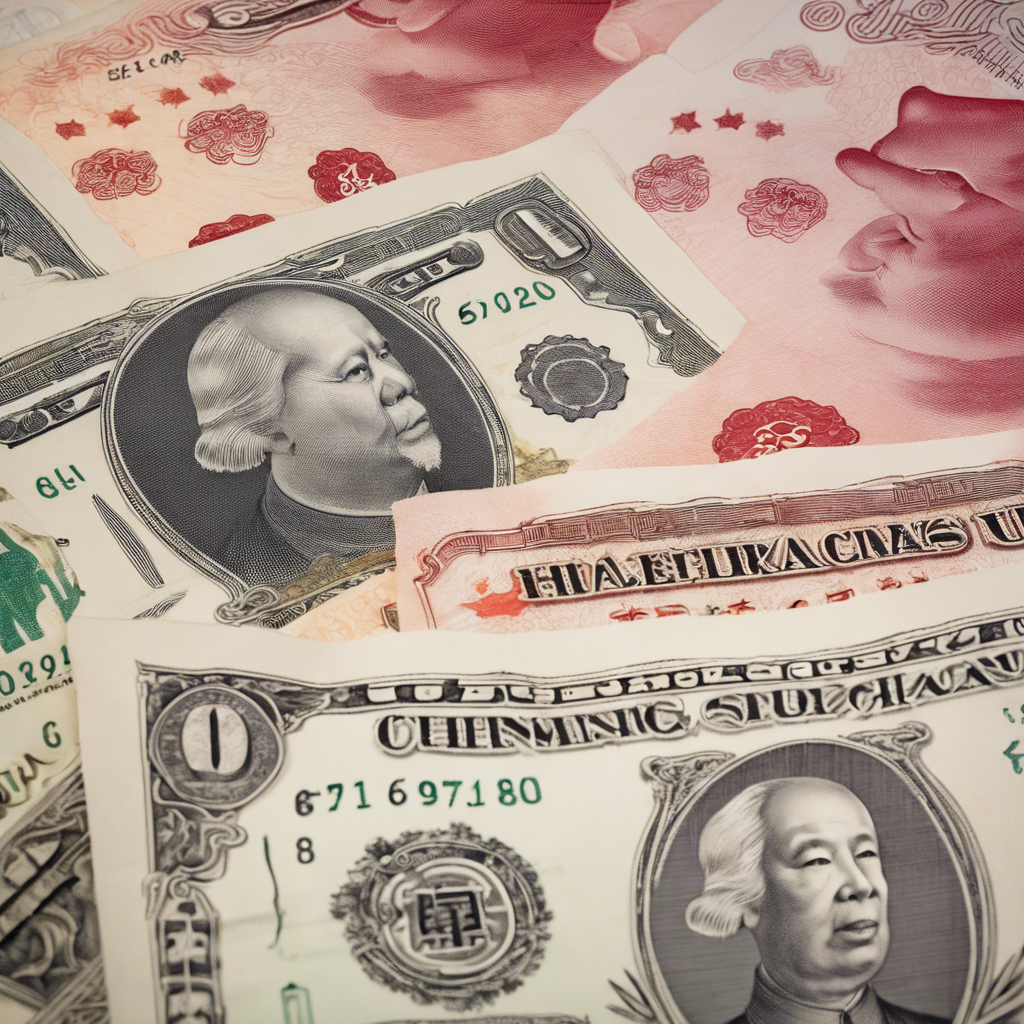China’s Current-Account Surplus: A Controversial Statistic Under Scrutiny

Experts question the reliability of China’s official current-account surplus figures, suggesting that the numbers may be dramatically understated.
China’s current-account surplus, once a source of contention in the field of economics, has undergone a significant transformation. Previously criticized for its large surplus, which reached nearly 10% of GDP in 2007, China’s current-account surplus has now dwindled to $312 billion or 1.5% of GDP in the past year, according to China’s State Administration of Foreign Exchange (SAFE). However, experts raise doubts about the accuracy of these figures, suggesting that the true surplus may be much larger than officially reported.
Understated Income from Foreign Assets
Some experts, including Brad Setser of the Council on Foreign Relations and financial commentator Matthew Klein, argue that China’s official current-account surplus figures are significantly understated. They propose two reasons for this discrepancy. Firstly, China may be understating the income it earns from its foreign assets. Secondly, it may be underreporting its exports.
According to SAFE, China’s income from its stock of foreign assets experienced a sharp decline from mid-2021 to mid-2022, despite rising global interest rates. Setser estimates that accounting for China’s assets would add approximately $200 billion to the surplus, suggesting that the official figures do not paint an accurate picture.
Discrepancy in Goods Surplus
China’s official figures also show a smaller goods surplus compared to its own customs data. The gap between the two sources amounts to $230 billion over the past year. Setser emphasizes the significance of this gap, stating that it represents a substantial amount of money, even for China.
This discrepancy raises questions about the fate of the additional dollars China is earning. Since these funds are not reflected in the books of China’s central bank or state-owned banks, experts speculate that they must be offset by a hidden capital outflow. Setser suggests that this outflow should be around 2% of GDP, contradicting the official figure of near zero.
Explaining the Gap
SAFE offers an alternative explanation for the discrepancy, attributing it to China’s free-trade zones and similar enclaves. These zones, located within China’s territory but outside its official tariff border, count goods leaving for the rest of the world as exports by customs but not by SAFE. Adam Wolfe of Absolute Strategy Research highlights that these zones play an increasingly significant role in China’s exports, potentially explaining the emergence of the gap in recent years.
However, Setser remains unconvinced by this explanation. He argues that if China’s free-trade zones experienced a significant export boom, it should have visible effects elsewhere, such as increased remittances from workers. Yet, the rise in wages has been minimal. Furthermore, even if the official current-account surplus is accurately calculated, it may offer little comfort to China’s trading partners. Weak domestic demand in China could lead to an overflow of goods from the free-trade zones into foreign markets, resulting in them being counted as Chinese imports by the rest of the world, regardless of SAFE’s classification.
Conclusion: The controversy surrounding China’s current-account surplus continues, with experts questioning the reliability of the official figures. While China’s current-account surplus has diminished in recent years, concerns persist about the accuracy of the reported numbers. The discrepancy in income from foreign assets and the gap between official figures and customs data for goods exports raise doubts about the true extent of China’s surplus. Whether the surplus is larger than reported or the result of China’s free-trade zones, the implications for China’s trading partners and the global economy remain uncertain. As the debate continues, it is clear that the issue of China’s current-account surplus will continue to be a topic of interest and scrutiny.

